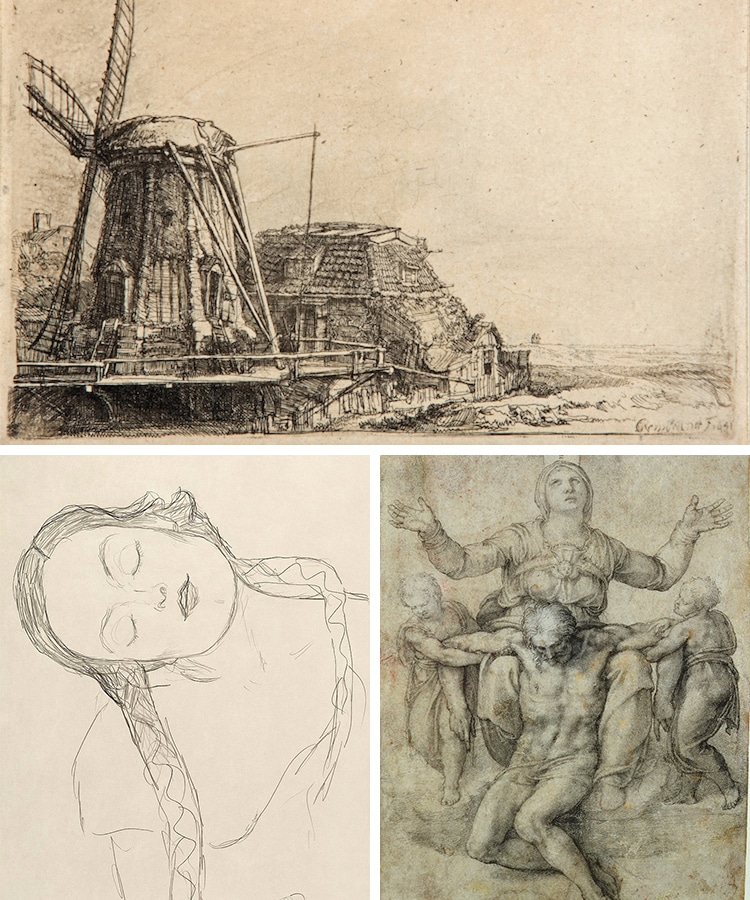
Drawing is one of the oldest forms of visual art with a long and diverse history. It is widely considered the foundation of all art and the first medium students must master. And while its widespread accessibility means it continues to be a popular pursuit for creatives around the world, drawings are often overshadowed by painting and sculpture.
However, many artists who are famous for their work in color were also exemplary draftspeople. In fact, masters like Leonardo da Vinci, Michelangelo, and Rubens made countless preparatory drawings before each painting to study their subjects and develop compositions. Similarly, Jean-Auguste-Dominique Ingres created refined graphite portraits which are some of his most celebrated work today.
Here, we will explore 10 famous artists who utilized the power of lines in their artwork.
Who are the most famous drawing artists? Learn about some of the greatest masters of the line.
Leonardo da Vinci (1452 – 1519)
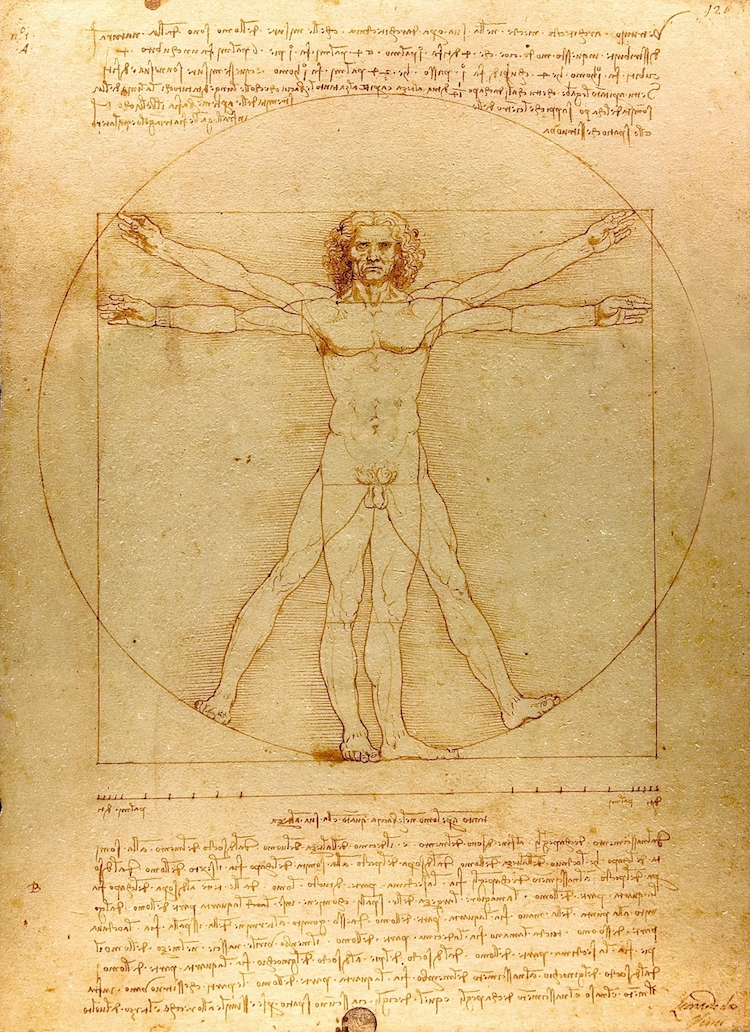
Leonardo da Vinci, “Vitruvian Man,” c. 1492 (Photo: Luc Viatour via Wikimedia Commons, Public Domain)
Leonardo da Vinci is the quintessential Renaissance man whose unending curiosity inspired him to study art, engineering, and nature. And all of his interests can be found in his legacy of notebooks.
In these notebooks are hundreds of detailed sketches exploring human anatomy, animals, plant life, inventions, and more. They show how Da Vinci used drawings to think critically as well as solve problems.
Albrecht Dürer (1471-1528)
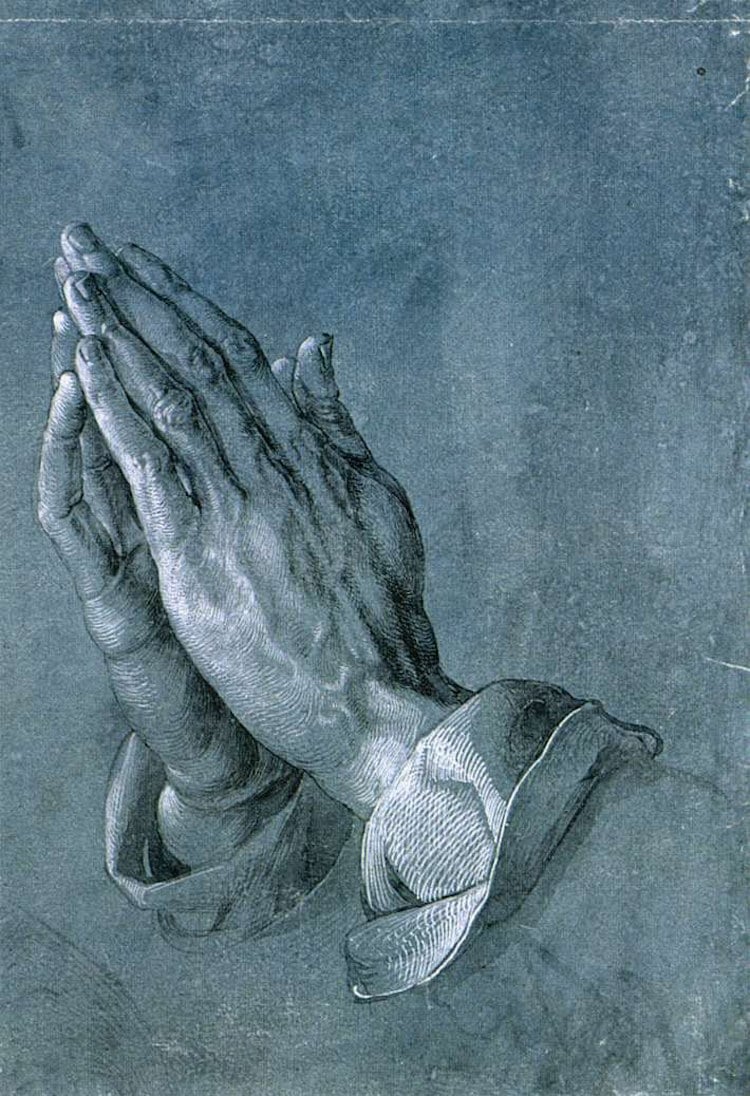
“Praying hands,” pen and ink drawing, 1508 (Photo via Wikimedia Commons, Public Domain Dedication)
Northern Renaissance artist Albrecht Durer was the first artist to elevate printmaking to a form of fine art. He produced engravings, woodcuts, and etchings based on his meticulously detailed drawings. It was the first time someone attempted to duplicate such realistic illustrations, and its overwhelming success subsequently inspired other artists to make and distribute prints.
Michelangelo Buonarroti (1475 – 1564)

Michelangelo, “The Dream of Human Life,” c. 1500s (Photo: The Courtauld, via Wikimedia Commons, Public Domain)
For many, Michelangelo is still the greatest artist of all time. His mastery over different disciplines—painting, sculpture, architecture—is unparalleled. At the core of his creative practice, however, was drawing.
Before each painting and sculpture, the Italian artist created numerous sketches of the human figure. These expressive drawings reveal a deep understanding of anatomy and physiology and provide insight into how Michelangelo approached his elaborate compositions.
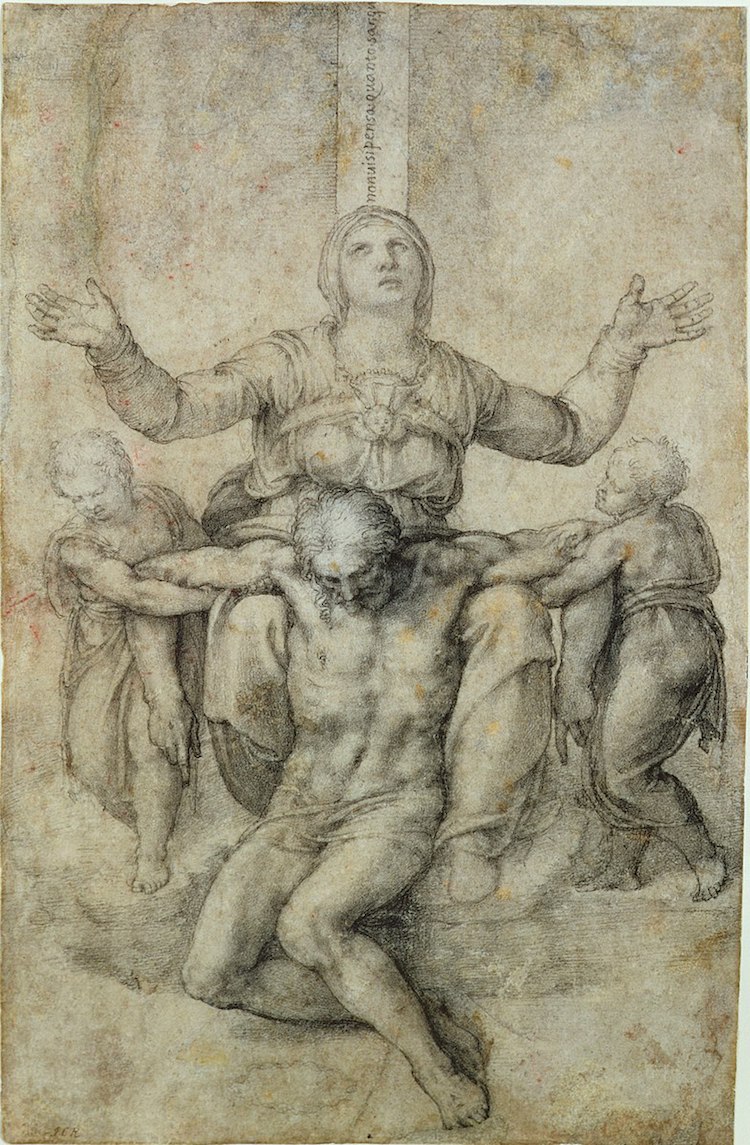
Michelangelo, “Pietà,” c. 1546 (Photo: Isabella Stewardt Gardner Museum, via Wikimedia Commons, Public Domain)
Rembrandt (1606 – 1669)
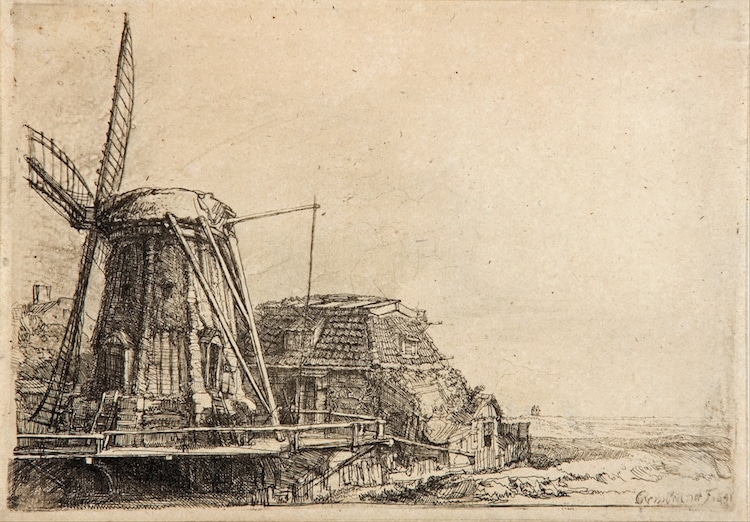
Rembrandt, “The Windmill,” 1641 (Photo: Art Gallery of South Australia via Wikimedia Commons, Public Domain)
Celebrated for his successes spanning multiple media and types of subject matter, Rembrandt was called a “colossus of art” by prolific sculptor Auguste Rodin. In his drawing, he was known for his ability to render both landscapes and subjects quickly and confidently.
British artist David Hockney praised Rembrandt’s gestural drawing A child being taught to walk, saying: “I think it’s the greatest drawing ever done… It’s magnificent drawing, magnificent.”
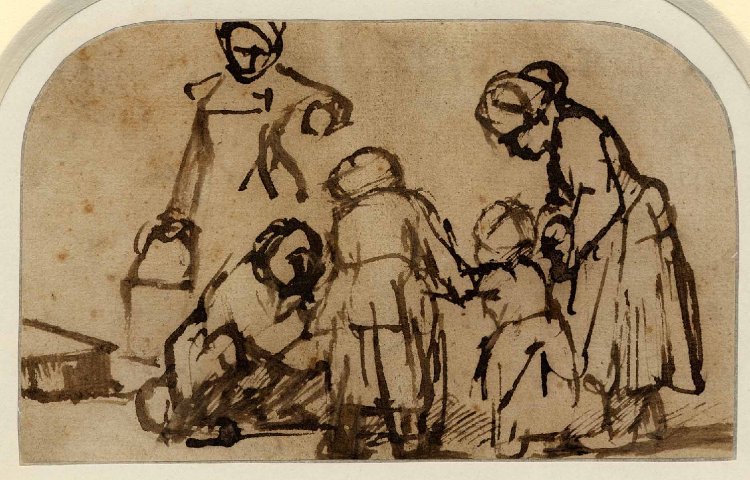
Rembrandt, “A Child Being Taught to Walk,” 1660 (Photo: The British Museum via Wikimedia Commons, Public Domain)
Peter Paul Rubens (1577 – 1640)
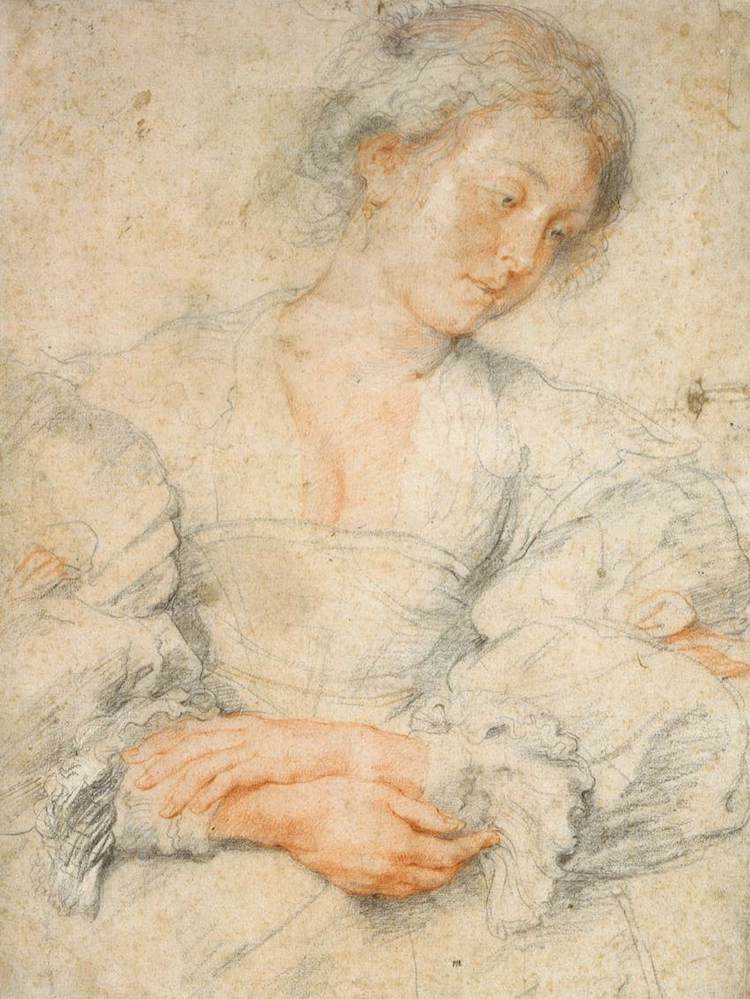
Peter Paul Rubens, “Young Woman with Folded Hands,” c. 1629–30 (Photo: Museum Boijmans Van Beuningen
via Wikimedia Commons, Public Domain)
Known for his voluptuous women, opulent colors, and dynamic compositions, Peter Paul Rubens is considered to be one of the most influential painters of the Baroque period. Before he embarked on a commissioned painting, he created several preliminary studies of his subjects.
These surviving sketches display the Flemish artist’s confident drafting ability. With just a few confident lines, he could convey gestures and emotion.
Jean-Auguste-Dominique Ingres (1780 – 1867)
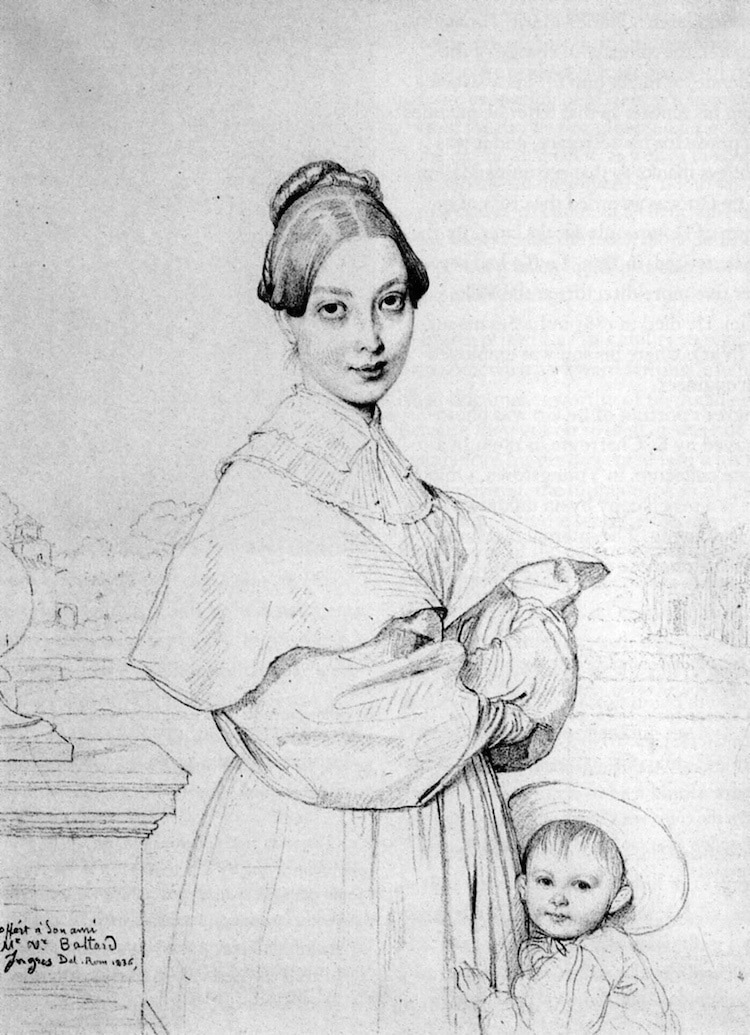
Jean-Auguste-Dominique Ingres, “Portrait of Victor Baltard’s Wife (born Adeline Lequeu) and their Daughter Paule,” c. 1800s (Photo: Public Domain via Wikimedia Commons)
Neoclassical artist Jean-Auguste-Dominique Ingres was known for his larger-than-life paintings which celebrated traditional painting techniques. And while his work in oil was sometimes scrutinized by contemporary critics for its gothic undertones, his numerous drawings and graphite portraits were highly revered for their precision at capturing a subject’s physical appearance and personality.
Edgar Degas (1834 – 1917)
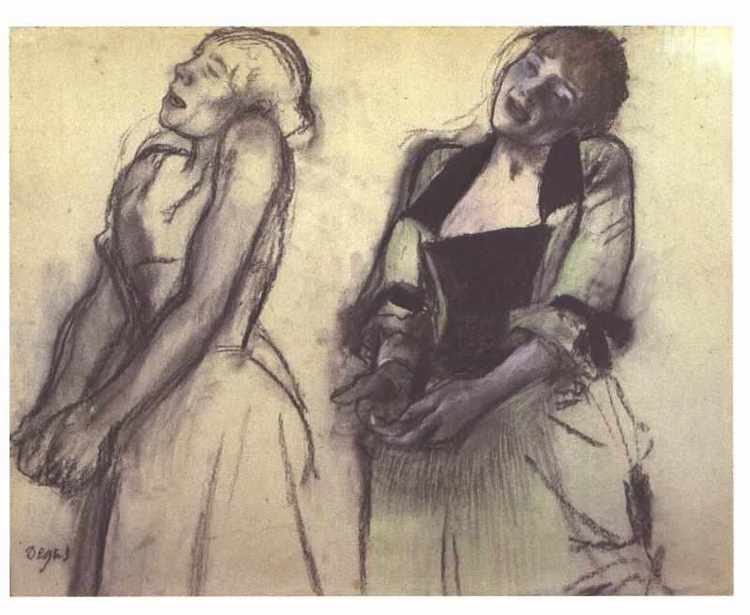
Edgar Degas, “Two Studies of a Singer,” c. 1870-1900s (Photo: Public Domain via Wikimedia Commons)
While most Impressionists found inspiration in picturesque landscapes, French artist Edgar Degas preferred capturing human subjects, especially those in movement. In addition to his many well-known paintings, he also made countless pastel and pencil studies of ballerinas, singers, and bathing women—each of which displays his finesse at rendering the human form in action.
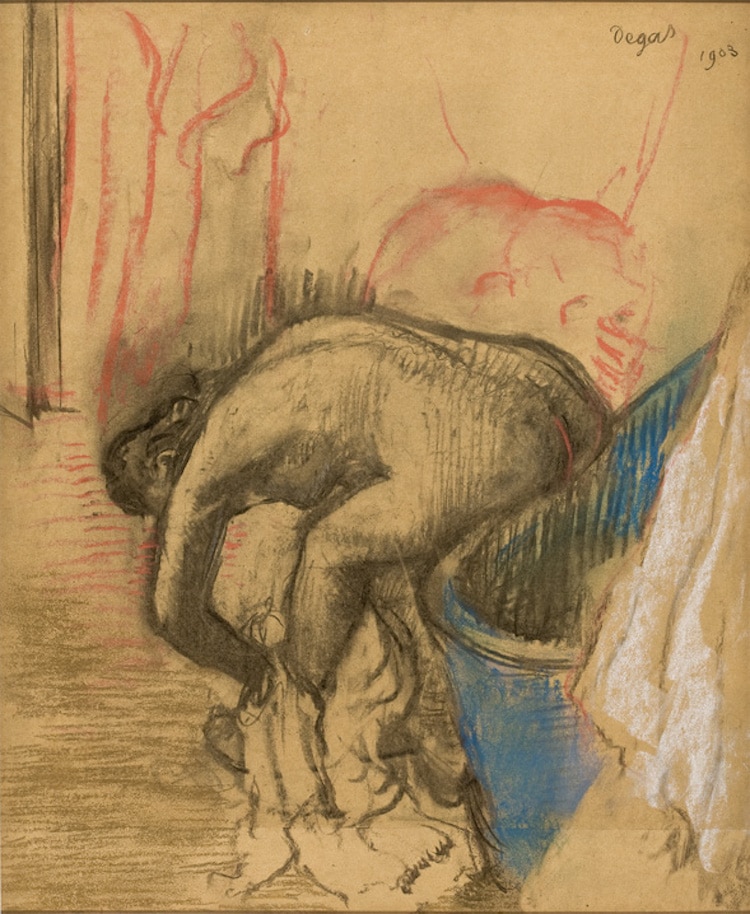
Edgar Degas, “Woman Drying Her Left Leg,” 1903 (Photo: São Paulo Museum of Art via Wikimedia Commons, Public Domain)
Gustav Klimt (1862 – 1918)
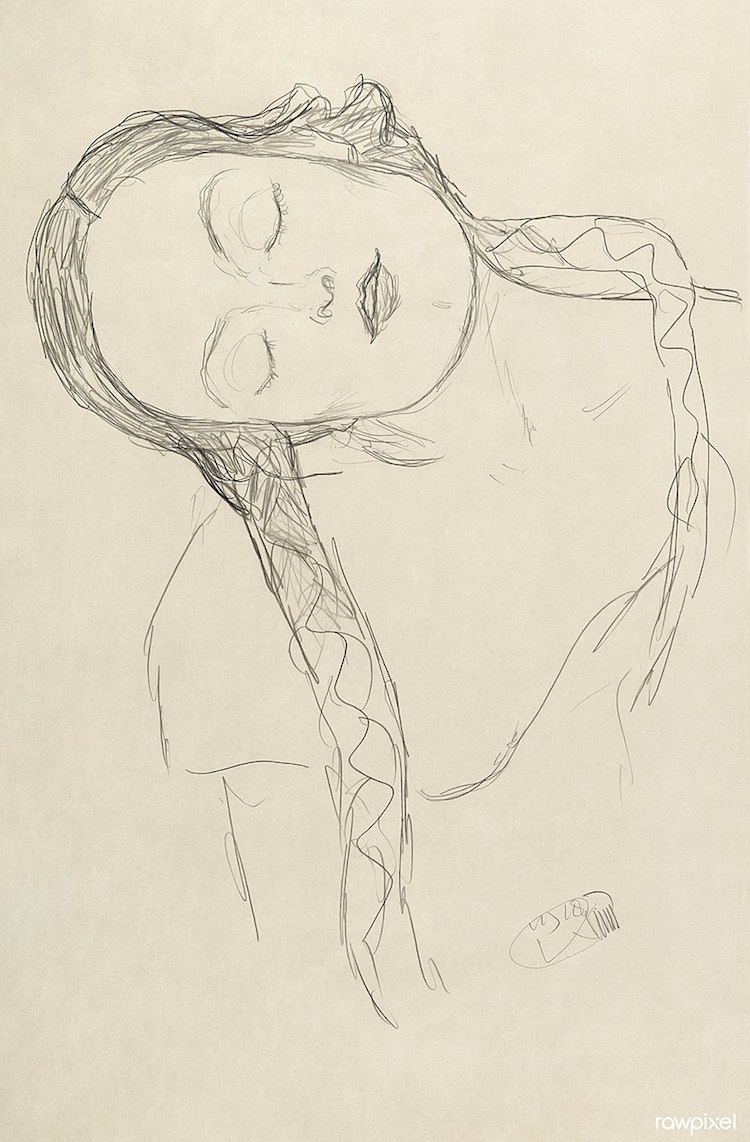
Gustav Klimt, “Half Figure of a Young Woman,” 1918 (Photo: The Met Museum CC BY 2.0,via Wikimedia Commons)
Most associate Gustav Klimt‘s glittering paintings with their golden touches. But the Austrian artist was also a master draftsman who utilized strong lines in his compositions. His striking renderings of the female figure utilize foreshortening and perspective.

Gustav Klimt, “Two Studies of a Seated Nude with Long Hair,” 1901-1902 (Photo: Public Domain via Wikimedia Commons)
Henri de Toulouse-Lautrec (1864 – 1901)

Henri de Toulouse-Lautrec, “The Jockey,” 1899 (Photo: Public Domain via Wikimedia Commons)
A contemporary of Vincent van Gogh and Paul Gauguin, French artist Henri de Toulouse-Lautrec spent most of his life in the theatrical underbelly of Paris.
In his posters, Toulouse-Lautrec employs masterful use of the line to characterize well-known performers of the time, including Yvette Guilbert, Louise Weber, and Jane Avril. His draftsmanship captured the movement of dance and the energy of Parisian nightlife during the Belle Époque.
Pablo Picasso (1881 – 1973)
View this post on Instagram
With a career that spanned 79 years, Pablo Picasso is known for changing his painting style several times. Throughout his many creative shifts, however, the artist retained a uniquely decisive way of capturing the world around him in drawings. In particular, these sketches show how the Spanish artist needed only a few bold lines to evoke the form of his subjects.
View this post on Instagram
Related Articles:
Amazing Collection of Michelangelo Drawings Is Now in the U.S. For the First Time
This Artist Creates Larger-Than-Life Flower Drawings With Colored Pencils
The Significance of Leonardo da Vinci’s Famous “Vitruvian Man” Drawing
Talented Artists Share Their Favorite Tips for Improving Your Drawing Skills
